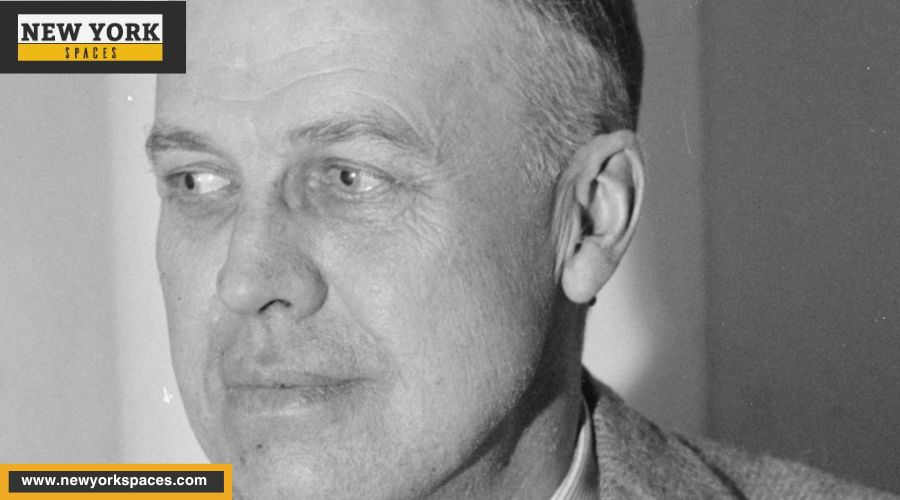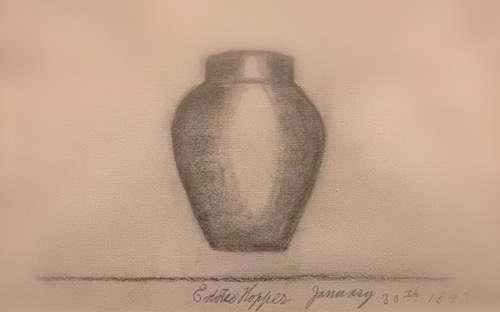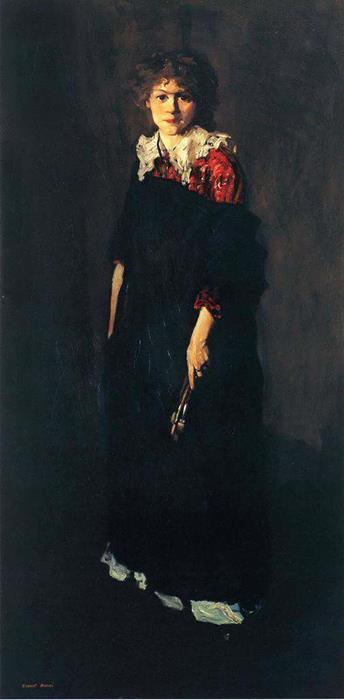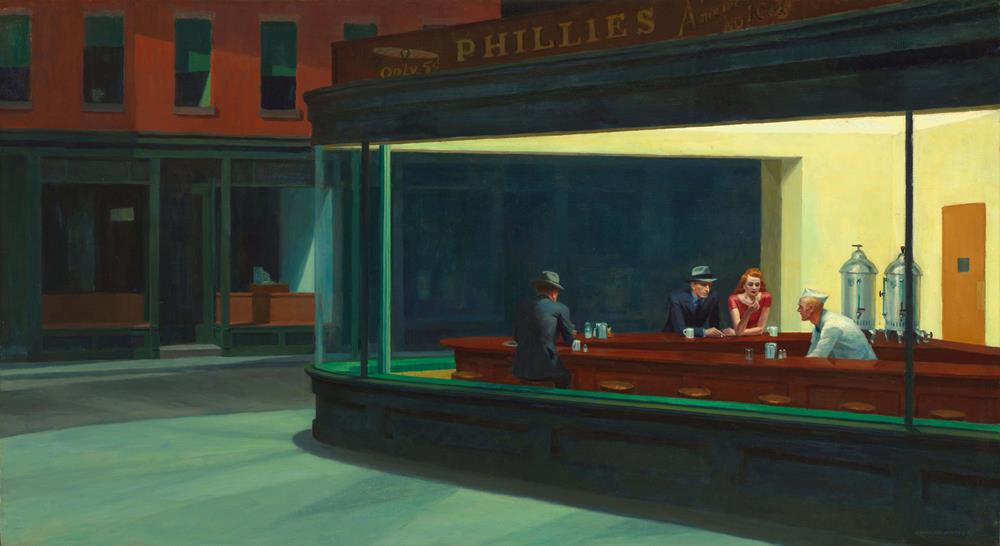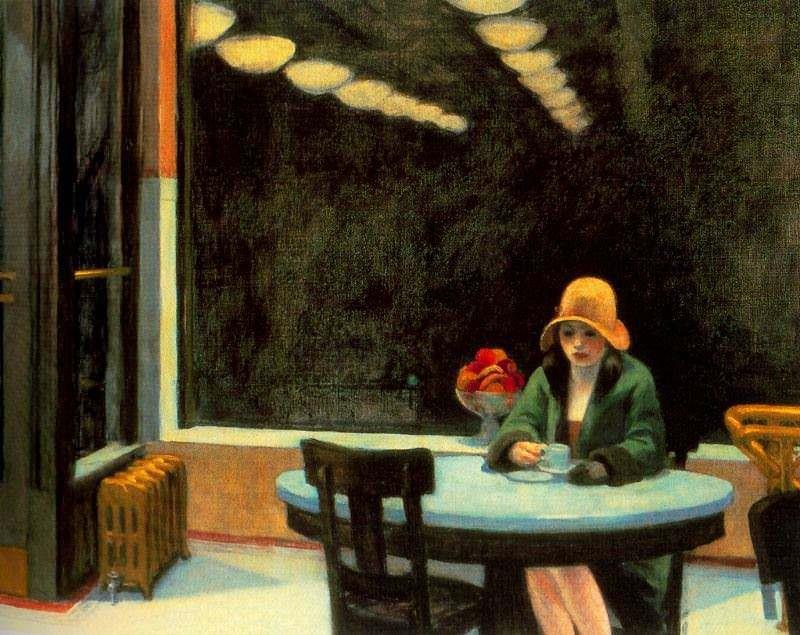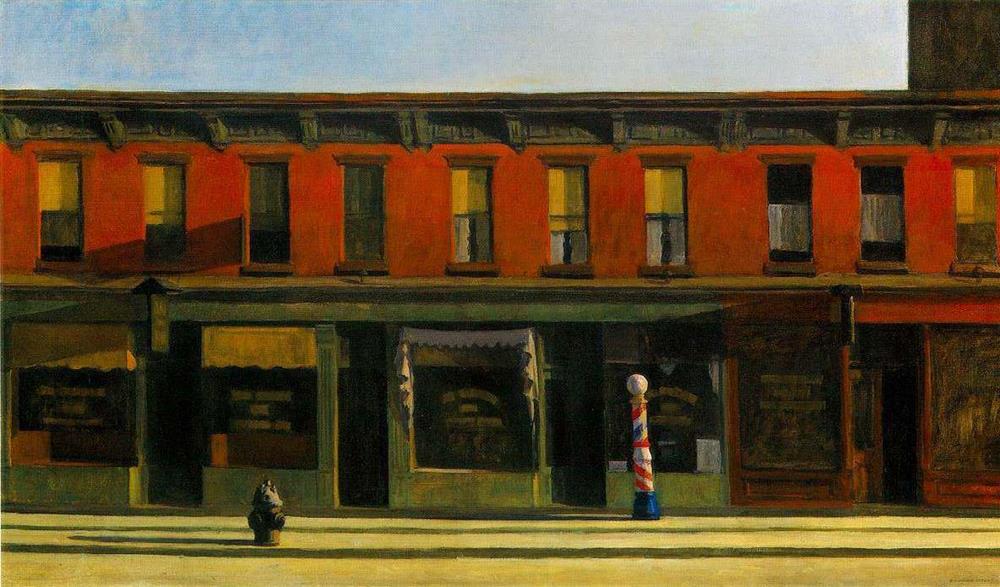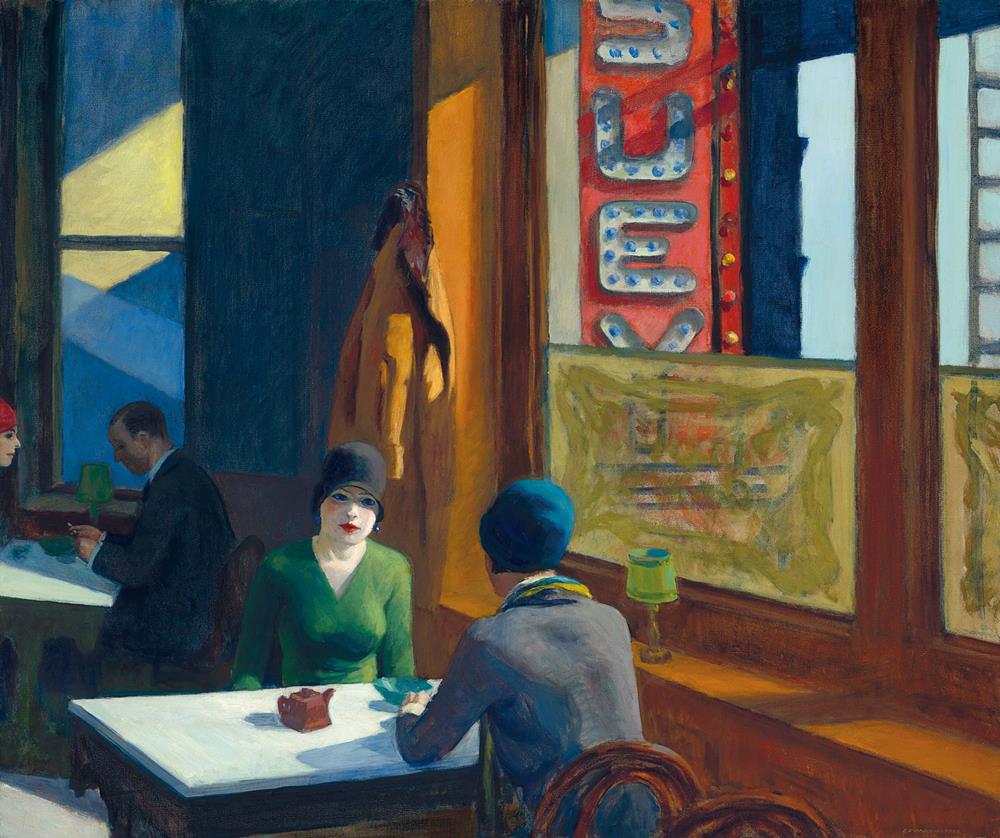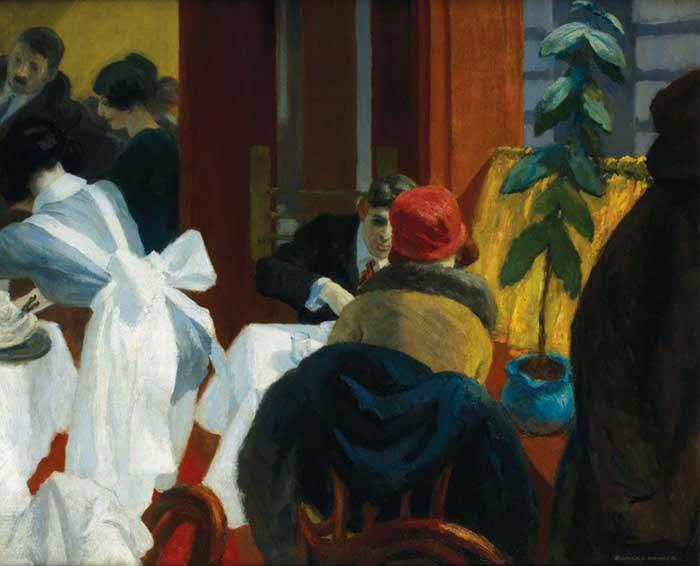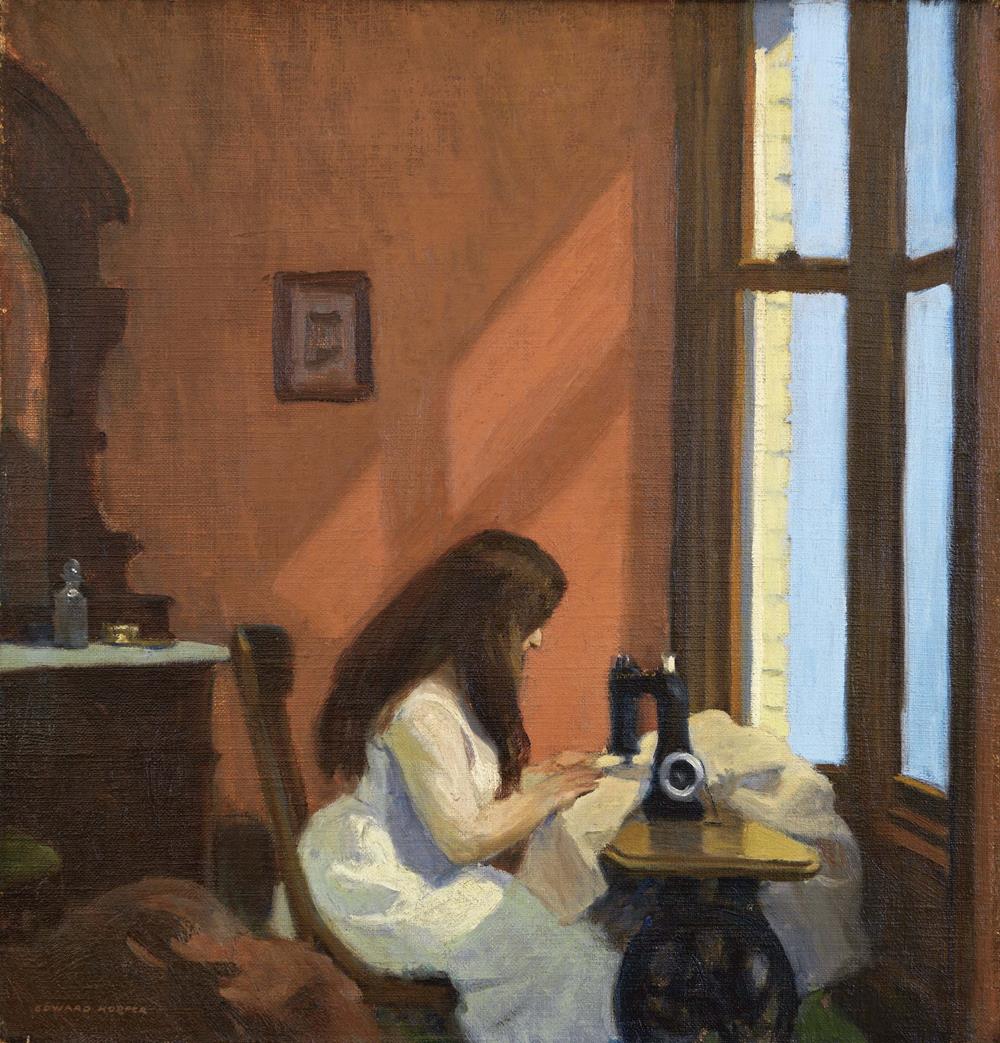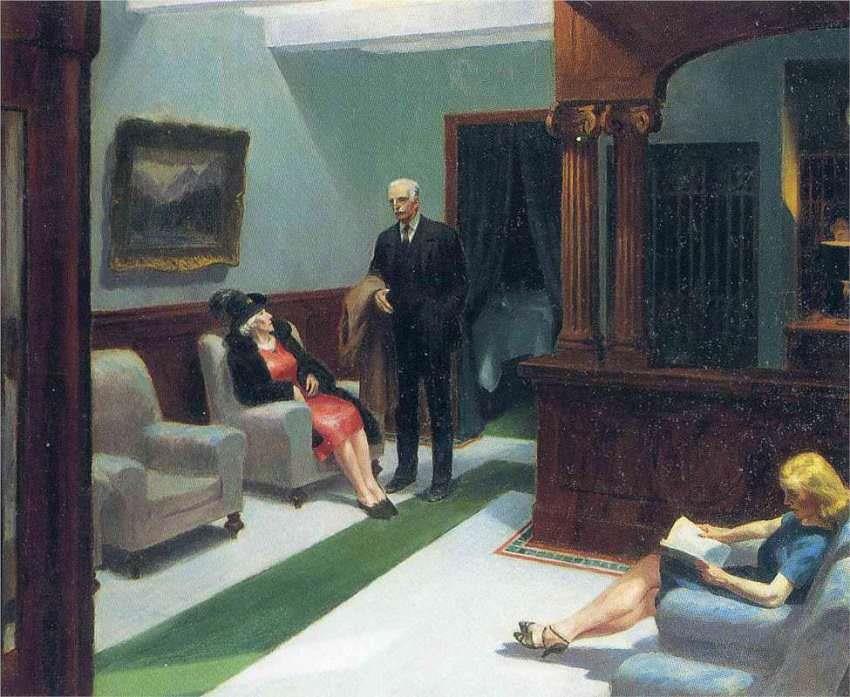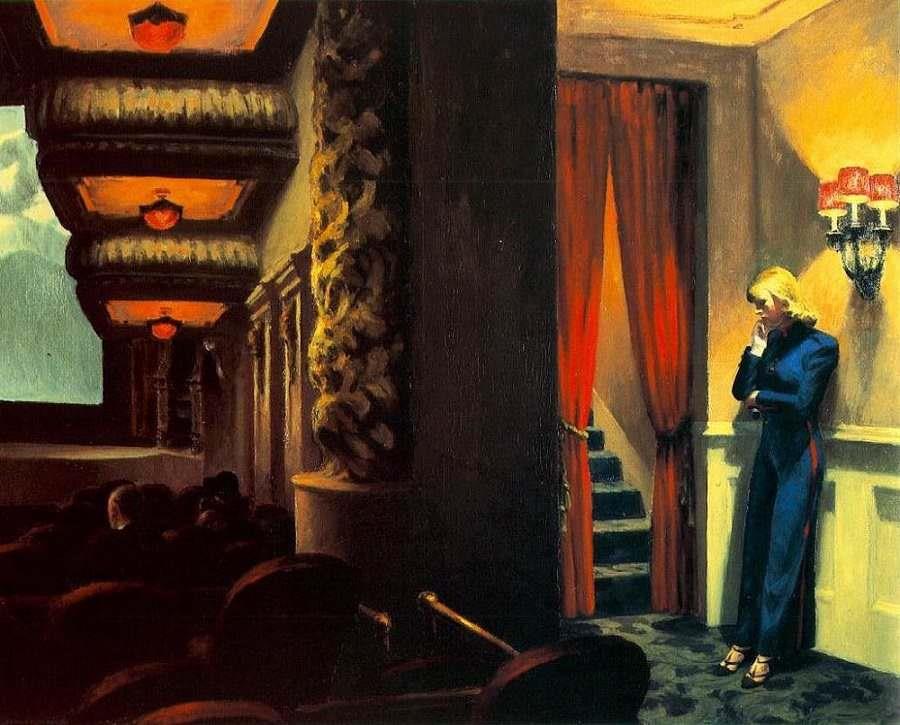Edward Hopper is considered an important realist painter of the 20th century. Having seen the transitions of his era, he developed his own ideas of realism. His paintings, portraying vacant cityscapes, loneliness among people through the solitary figures he painted, and emptiness, depicted his character, which was perhaps acquired by the events in his life.
Early Life
Edward Hopper was born in 1882 to a middle-class family. Being one of the two children, he was always well provided for. He expressed liking for art at an age as early as five years. Perhaps this was a show of his mother’s artistic heritage. Although Hopper was raised in a strict Baptist environment, he was never restricted from pursuing a career in art.
At the age of 10, he was already making and signing charcoal sketches, including his earliest famous piece ‘vase.’ His interest in the subject of arts was noticed and encouraged by his parents, and fortunately, he was always well-supplied with materials for pursuing his artistic desires.
From 1900 onwards, he studied art at the New York School of Art. There, he started his journey of the fine arts. While at school, he was deeply inspired by a teacher, Henri, who inculcated in him the idea that painting was to come from within. It was about what he felt that he should paint. And Edward Hopper always clung to the idea.
Career
His early career was marked with struggle. He rented a studio and embarked upon the journey. The medium he first used was of oil painting. He painted his first oil-painting in 1895 of a Rowboat in Rocky Cove.
After being forced to use his skill for earning, he took up the job of an illustrator. However, this was not what he desired, and as an escape, he set out on a journey to Europe. The journey, centered in Paris, was to prove an important landmark in Hopper’s life. With Picasso already painting masterpieces, the stage was set for modern art.
Although Hopper did not have an encounter with Picasso, he learned about modern art and inclined towards the impressionist type of art. Hence, he took up the lighter palette, particularly inspired by Monet and Van Gogh, giving up the dark illustrations.
Hopper returned from the European expedition in 1910. Unfortunately, he had to strive for recognition. His creations received little appreciation. What little recognition he received was for oil painting and etching-work. He achieved his first major breakthrough at the age of 31 when he sold his oil-painting. He had hoped this would lead to further success, but he still had quite a lot of struggle to carry out.
In 1912, he traveled to Gloucester, Massachusetts, and made his first outdoor painting using oil paint. This was called the Squam Light. This preceded his many lighthouse paintings to come yet.
In 1913, he earned $250 by selling his first self-portrait painting called Sailing. He kept working through this period and was occasionally invited to conduct exhibitions at small venues. Throughout this period, he kept on creating posters for movies and theatre, for which he felt a deep attachment. He created war posters and gained recognition for them.
Reluctantly, he turned to illustrations and worked as a freelancer to earn a living. Hopper struggled to define his own style, often shifting from one form of art to another. He returned to etching, in which he had received major acclaim. Through the 1920s, he worked in this medium, and most of his works are in this style of art. These include Night on the El Train, Evening Wind, and Catboat.
During this period, he also painted a few of his famous paintings and gained some praise. He was invited to conduct a single-person exhibit to show his works. These exhibitions came more frequently, and he found that he was being appreciated better.
The Museum of Modern Art acquired one of his famous paintings, House by the Railroad, in 1925. His famous paintings were the work of impressions. Play of light and color and sharply defined edges were a salient feature. He had finally started receiving the praise he deserved!
Marriage
In 1923, Edward Hopper found in marriage the consolation that he was looking for. His wife Josephine had been his fellow student. She was to be the model of Hopper’s female figures that he painted. She also encouraged him to experiment with other forms of art. She insisted on posing for any female figures he drew. This is the reason why she occupied the place of most of Hopper’s pieces of the female figure.
Hopper’s Style
He struggled a lot to define his own style of painting, which he did acquire later in life. He painted only when “it came to him, which did slowly and gradually.” This explains the breaks he frequently took from painting. With only a few pieces to his credit, he was not very prolific as a painter. Nevertheless, these “few pieces” made to the great museums of the time.
The mellow touches in Hopper’s paintings, quiet and subtle atmosphere, and the depiction of solitary figures and empty landscapes, breathed a new life into the arena of painting. His recognizable style and projection of contemporary art soon became prominent.
Hopper’s works always carried a reflection of his surroundings depicting in those occurrences from the present. During the war, his famous piece, Nighthawks, was said to be a depiction of the sentiments of the common Americans. During the 30s`, he traveled a lot with his wife, and a lot of pieces of art came into being, which were inspired by traveling and his changing surroundings.
It is hard to define his style, as he himself said, “Great art is the outward expression of an inner life of the artist, and this inner life will result in his personal vision of the world.” He achieved commercial success in the 1940s with many of his works often at display in museums and exhibitions.
Edward Hopper started getting out of favor with critics, owing to the entry in the art arena of younger and more enthusiastic painters. The new art scene favored abstract art, as this was the beginning of the development of the abstract version of art. The orthodox styles were fast going out of business. Despite the hiccups in his career, Hopper was never out of the league totally. He lived up to the expectations of most art lovers, and by the time he retired from the world in 1967, he was considered a major role-model and artist of the realist art.
Famous Works
Edward Hopper gained fame for many pieces of art he created in various formats. These include mainly oil paintings, including:
Nighthawks (1942)
Perhaps Hopper’s most famous painting, it depicts people sitting in a downtown diner late at night. It’s a masterful study of light and shadow, conveying a sense of loneliness and urban isolation.
Automat (1927)
This painting shows a woman sitting alone in a cafeteria, thoughtfully gazing into her coffee cup. The theme of solitude in the modern city is a common thread in Hopper’s work.
Early Sunday Morning (1930)
This work features a quiet, sunlit street scene, capturing the essence of an early weekend morning in a small town. The absence of people adds a haunting quality to the otherwise ordinary setting.
Gas (1940)
This painting shows a gas station at twilight, with the lush countryside in the background. The play of light and the juxtaposition of nature and man-made structures are central to this piece.
Chop Suey (1929)
Here, Hopper portrays two women in conversation at a restaurant. The work is notable for its vibrant colors and the way it captures the character of urban social settings in the 1920s.
Room in New York (1932)
This painting shows a man reading a newspaper and a woman playing the piano in an apartment. It highlights Hopper’s skill in depicting the quiet moments of everyday life.
Office at Night (1940)
This work creates a narrative scene involving a man and a woman in an office setting, hinting at a complex relationship or story beyond what is seen.
New York Restaurant (1922)
This painting features a bustling New York City restaurant scene. Unlike many of Hopper’s more famous works that often depict isolation, “New York Restaurant” is lively, filled with diners and a waitress in motion.
Girl at Sewing Machine (1921)
This lesser-known work captures an intimate, solitary moment. It shows a woman sewing by the light of a window in a New York apartment. The focus on mundane, quiet moments and the interplay of light and shadow are characteristic of Hopper’s style.
Macomb’s Dam Bridge (1935)
In this painting, Hopper depicts the Macomb’s Dam Bridge in New York. The work is notable for its geometric composition and the contrast between the industrial structure of the bridge and the natural surroundings. It reflects Hopper’s fascination with modern American life and its landscapes.
Hotel Lobby (1943)
This painting presents an interior scene of a hotel lobby with several figures. The individuals seem absorbed in their own worlds, highlighting themes of isolation and transient existence. The rich details in the setting convey a sense of time and place specific to mid-20th-century America.
Hotel by a Railroad (1952)
Here, Hopper portrays a couple in a hotel room beside a window overlooking railroad tracks. The figures seem disconnected from each other, each lost in thought. The theme of alienation amidst modernity is a recurring element in Hopper’s work.
New York Movie (1939)
This painting shows an usherette standing alone in a movie theater, lost in thought. The contrast between the dark, shadowy interiors and the illuminated screen reflects the theme of solitude in public spaces.
Legacy
Edward Hopper passed away at 84 in his Washington Square home in New York City on May 15, 1967. His wife, Josephine, followed shortly after. Their art collection was largely bequeathed to the Whitney Museum of American Art and the Museum of Modern Art. His light-filled, colorful paintings influenced numerous modern artists and continue to be celebrated in various mediums.

